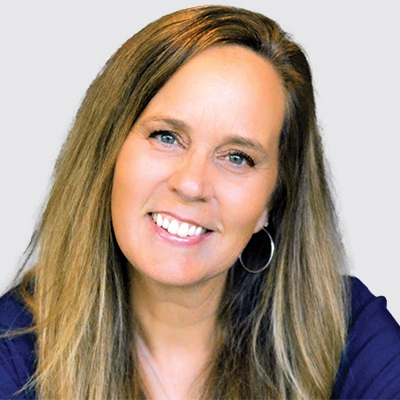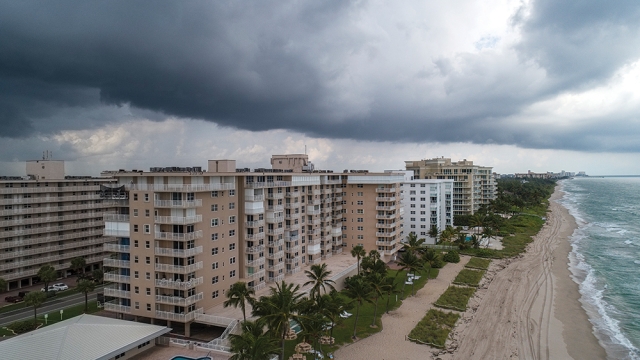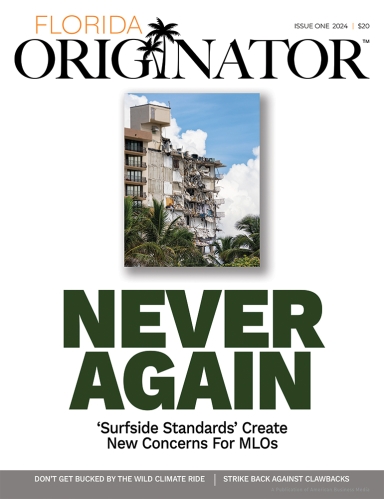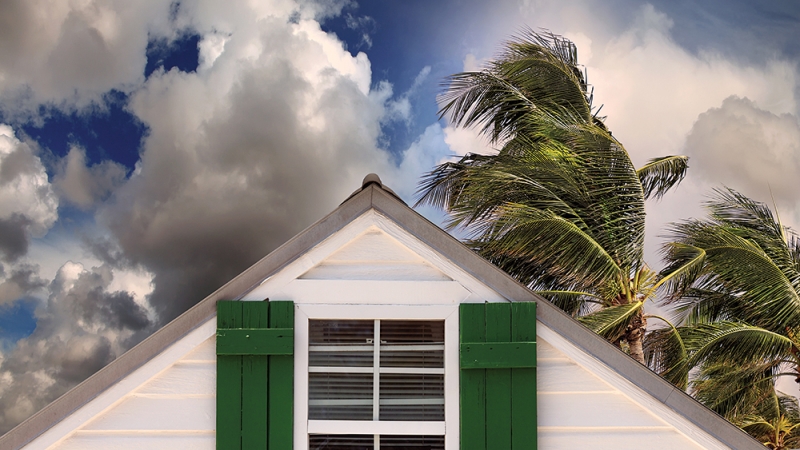It’s also not easy to finance homes with outstanding assessments, even if an LO has dealt with a particular property before. “There are a few condos that used to be easier to get financing for but that are harder now because the insurance premiums have gone up, so the condo associations have chosen different policies which are not adequate for financing. That has made it a little bit challenging.”
In many neighborhoods, the homes themselves weren’t damaged, but other structural elements like seawalls and pools still need to be rebuilt properly. Unless a buyer obtains an appraisal waiver, which is not permitted with agency loans, these repairs need to happen before closing.
Buyers with renovation stars in their eyes often have misinformation about the FHA’s 203(h) program, also known as the rehab loan. “They feel like, ‘we can fix this ourselves’ but the work has to be done by a licensed contractor,” Downey says. “They thought they could do it cheaply then tend to walk away when they realize it’s not as good of a deal as they had originally thought or hoped.”
LOs are relieved to encounter new construction to counter the state’s deteriorating infrastructure. New housing developments are being built to higher standards to meet the guidelines and withstand increasingly severe weather events.
“I would think that’s helping to mitigate future issues with natural disasters that might come in the future,” Downey says. “I think there’s less people potentially wanting to buy in the condo market because of what happened, and maybe more people wanting to sell.”
Cost-Cutting and Fee-Multiplying
Less than a decade ago, Florida home buyers asked very few questions of HOAs in regard to reserve money, maintenance fees, and structural issues. Today, those topics are critical to securing a mortgage and affording it for the life of the loan.
“Right now, we’re in this period of flux where there’s an education process that has to happen to board members and owners of condominium units in the state, and that education process doesn’t happen quickly,” Tomaselli says. “Anytime guidelines have been issued, it takes a while for that to promulgate throughout the industry and for property managers, board members, owners, and real estate agents to understand it completely.”
He predicts a “major shift” in home values during this new era, which beckons full disclosure about a property’s condition and mortgage eligibility. “Homeowners are now privy to what a reserve study is, and they want a copy of the report and analysis before they purchase their unit. I think it’s the reason unit values are going to plummet in certain areas of the state.”
Once a buyer discovers an HOA is planning a $3 million project in five years and fees will double, that could be a dealbreaker. In the state with the second-highest elderly population, many Floridians are on fixed income, making it impossible to pay more.
“Increased insurance costs, inflation costs on the repairs that need to be done … it’s going to become unaffordable for a lot of owners and values will have to drop,” Tomaselli says.
He urges LOs to educate themselves on the regulations and the compliance status of properties in the areas they do business. “We have lots of loan officers and banks in Florida that come to us and say, ‘what do you mean the building’s not compliant? We have to close this loan on Friday.’ And unfortunately, the answer is you needed to do your homework to understand why the building wasn’t compliant before originating a loan in that building. The loan officers and originators who take the time to look at their marketplace and create a list internally … I think they are going to do incredibly well,” Tomaselli says. “The smart ones always succeed. And that is one of the keys to unlocking massive wealth in this marketplace for loan officers.”
‘Worsening Winds:’ Report Finds 13.4M Properties To Be Newly Exposed
By Gary Rogo, Special To Florida Originator Magazine
Over 13.4 million properties in the United States will be newly exposed to tropical cyclones in 30 years, and Florida can expect a shift in the landfall of hurricanes from the south in cities such as Miami to more northern locations such as Jacksonville.
Those are two major conclusions of First Street Foundation in its peer-reviewed wind model, which identifies the likelihood and financial impacts of tropical cyclones in the contiguous U.S. up to 30 years in the future.
Titled “The National Risk Assessment: Worsening Winds,” the Brooklyn-based nonprofit research and technology foundation also released the findings and methodology leveraged to quantify this risk. The research combined high resolution measurements of well over 50,000 synthetic storm tracks to determine likely sustained wind direction and speed, adjust for local surface roughness effects on wind speed, and quantify the probability and magnitude of 3-second gusts that drive the majority of wind-related losses.













